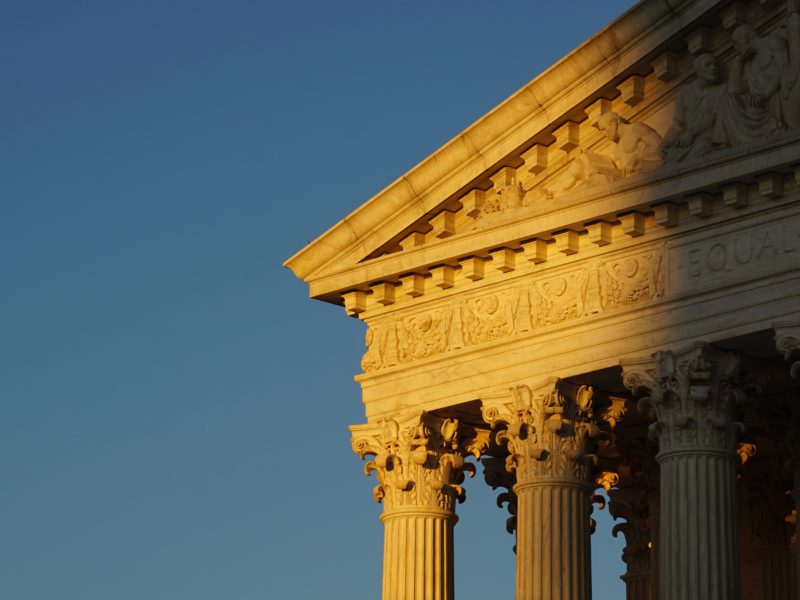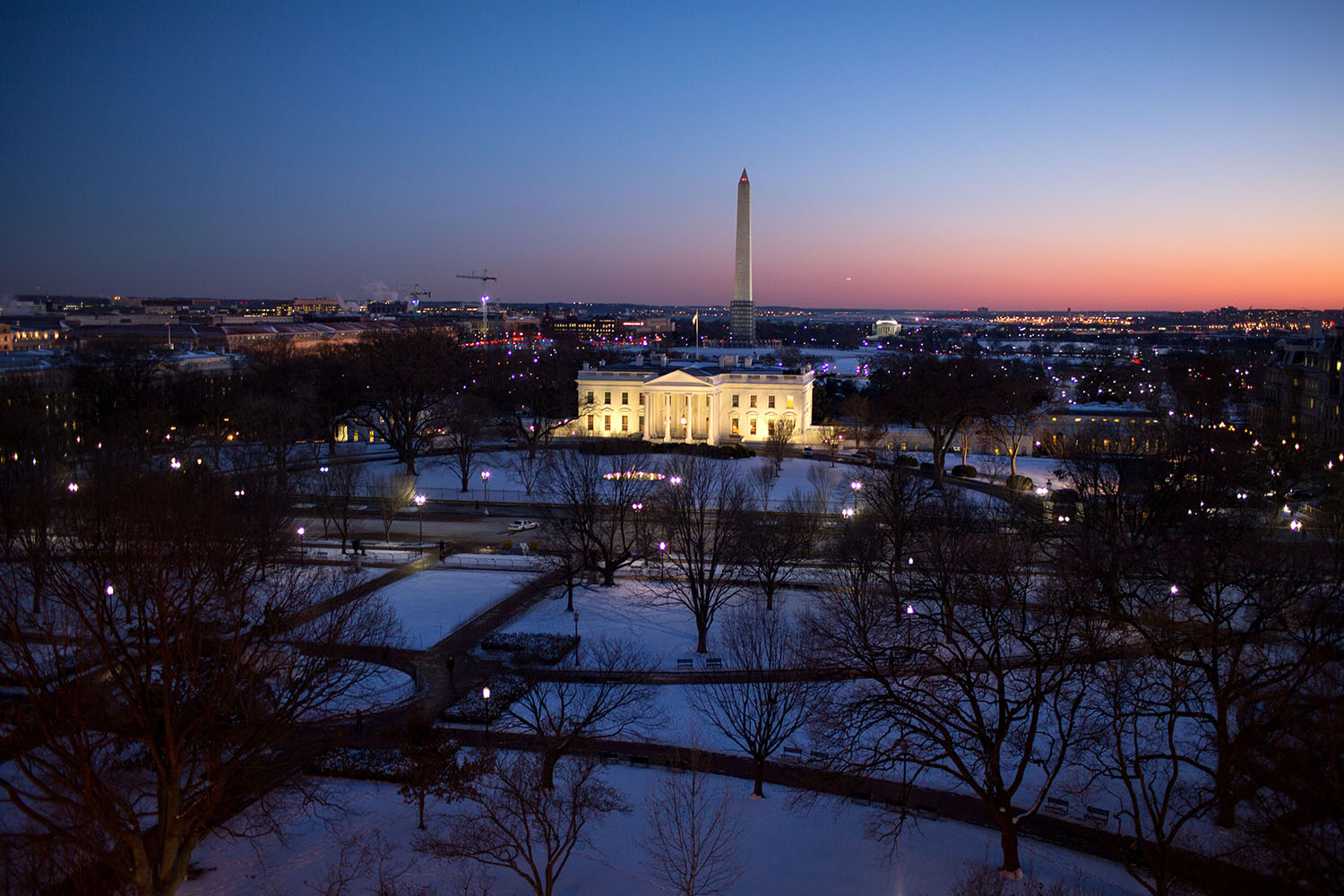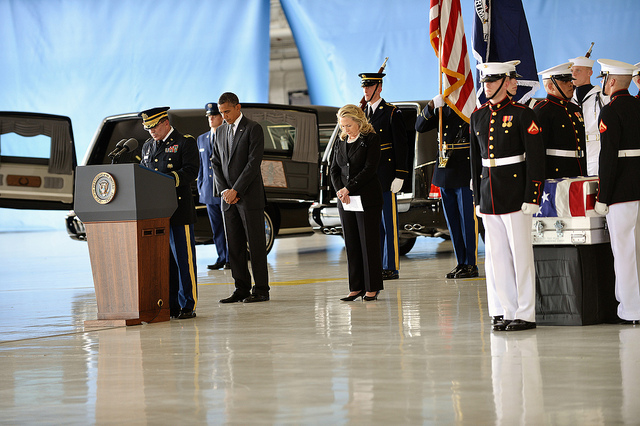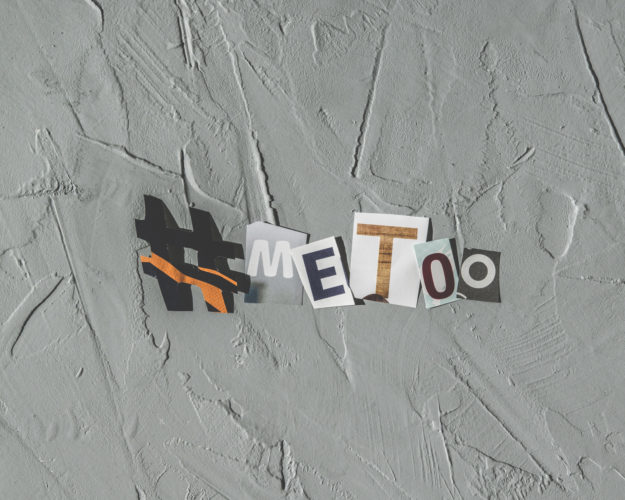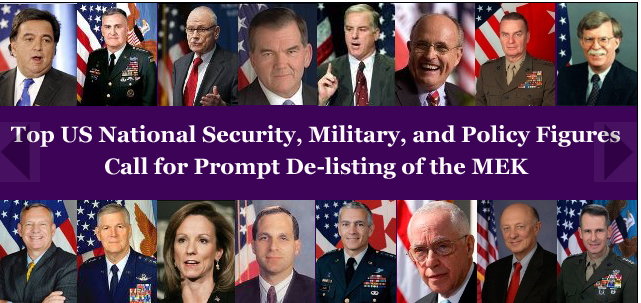The recent US Supreme Court decisions to strike down New York’s century-old gun control law, nullify the constitutional right to abortion, and disarm the Environmental Protection Agency (EPA) represent a grave threat to the security of Americans. The media sometimes portray these decisions as part of the “culture wars.” But this framing misses that at stake is not just whether Americans can live together but whether many will live at all. The Supreme Court’s decision has major implications for the physical security of Americans. So-called culture wars can kill.
These decisions go to the heart of what is called human security. In the aftermath of the Cold War, the international community revisited many of its orienting concepts to see if they were fit for purpose. This was a moment when the international community awoke to the fact that threats to peoples’ lives and well-being were not coming from a conventional military attack from another state. Instead, people were dying and at risk from civil wars, genocide and ethnic cleansing, state repression and indifference, paramilitary and terrorist organizations, extreme poverty, pandemics, climate change, and discrimination and violations of basic human rights. Building on Franklin Delano Roosevelt’s four freedoms speech and other international precedents, the Inter-American Institute of Human Rights divided human security into economic, food, health, political, environmental, community, and personal security. Conventional military threats remained, but these other threats were killing in much greater numbers.
Nontraditional threats, the thinking went, could not be addressed by traditional military means. States should develop and strengthen democracy, the rule of law, and access to markets. It was especially important that the most marginalized and vulnerable benefit from these reforms. Rather than relying on deterrence, states should reform existing and build new international institutions that best served all states and peoples. Policies that aligned with human security could bring peaceful order at home and abroad.
By the end of the 1990s, the concept of human security became increasingly discussed at the United Nations and around the world, and in 2003, the Commission on Human Security delivered a major report that served as a galvanizing platform. As typically happens with any concept that becomes widely adopted, it became stretched in various directions, and academics and policymakers continue to debate the merits of one definition over another. But the core of the concept retains a strong following because it captures things omitted by traditional national security discourses and resonates with how physical threats are experienced by most people around the world. Over the years I have asked my students to list what they believe are the major threats to their lives, and they rarely mention an international war or attack. Instead, they name gun violence, gender-based violence, environmental decay, data security, economic decline, and, more recently, pandemics such as COVID-19 and political violence. In other words, they worry about human security.
How is the US doing in terms of human security? There is no human security index to consult, but there are many rankings that measure aspects of human security. But gun violence, reproductive rights, and climate change are central to human security, and the Supreme Court’s decision are likely to impact the safety of all Americans.
There are more guns in the United States than anywhere else in the world. Although some insist that having more than one gun per person makes America safe, homicide rates do not provide supporting evidence. The US homicide rate is far above those of other advanced democracies and, in fact, most countries in the world. The United States’ rate is on par with the Democratic Republic of the Congo, but still below sub-Saharan Africa as a whole. However, if trends in the US continue, it will leapfrog over Africa. The Supreme Court cited the Second Amendment in its decision to allow conceal and carry, but many critics argue that it is ignoring public safety (and was a gross misinterpretation of the amendment). Conceal and carry might make some individuals feel more secure. But feeling safe and actually being safe are two different things. The United States is increasingly armed and dangerous.
There is a slew of rankings for women’s health, some of which include access to reproductive counseling, abortion, and contraception. Depending on how these different indicators are weighted, the US does well but not as well as most advanced democracies. If abortion access is included, then the United States’ ranking slides. For instance, the UN Development Program’s Gender Inequality Index is comprised of various indicators, including reproductive health and empowerment. In the 2019 ranking, the United States was closer to Bahrain and Russia than to Slovenia, Portugal, and Singapore. The Supreme Court’s decision to overturn Roe vs. Wade (and other states hinting at additional moves against reproductive health) will invariably cause the US to slide further down the rankings. States without abortion access have worse maternal health than states with it. The United States’ maternal mortality rate has declined from 7.2 per 100,000 live births in 1987 to 23.8 per 100,000 in 2020. Because many of the new restrictions on abortion access make no exceptions for the health of the mother, we can expect a continued decline. As human security discourse has long recognized, reproductive rights are about security.
The Supreme Court ended its very busy season by curtailing the EPA’s authority to regulate energy to meet the U.S.’s obligations to climate change mitigation. The implications go beyond regulating coal to include other environmental protections, such as clean water and air. Congress could remedy the decision by passing wording that gives the EPA explicit permission to regulate the energy grid in the manner proposed, but the gridlock in, and capture of Congress by business and anti-regulatory coalitions, makes this unlikely. The Environmental Protection Index gives the US relatively high marks, but unless this regulatory authority is re-established, the US will undoubtedly see a decline in its ranking. But rankings matter much less than what they reflect—a willful ignorance that risks human survival.
Are Americans more or less secure today than a month ago? Unquestionably less. One of the state’s fundamental functions is to provide security for its citizens and residents, but the Supreme Court’s decisions represent a considerable setback for our government’s ability to do so. There is one last index that provides even more food for thought. The Fragile State Index ranks the US in the upper quartile (good news), but it has slipped in the last decade. One suite of indicators revolves around social cohesion, including elite divisions and societal grievances, where the US has been losing ground. The January 6 insurrection laid bare the level of polarization and grievance pulsing just beneath the surface of American life. The Supreme Court’s recent decisions reflect and have fueled those divisions, and gravely injure human security at home and abroad.

